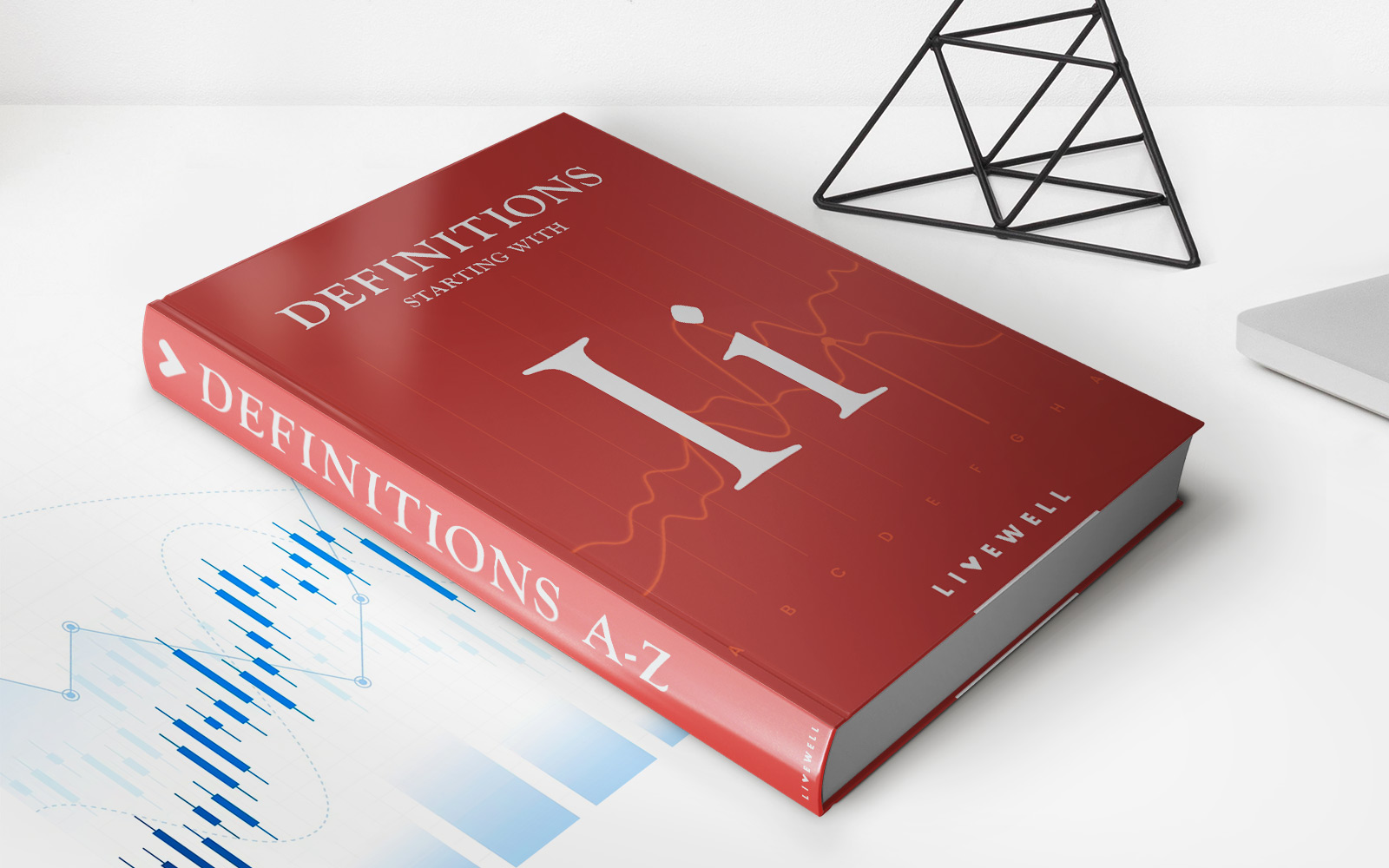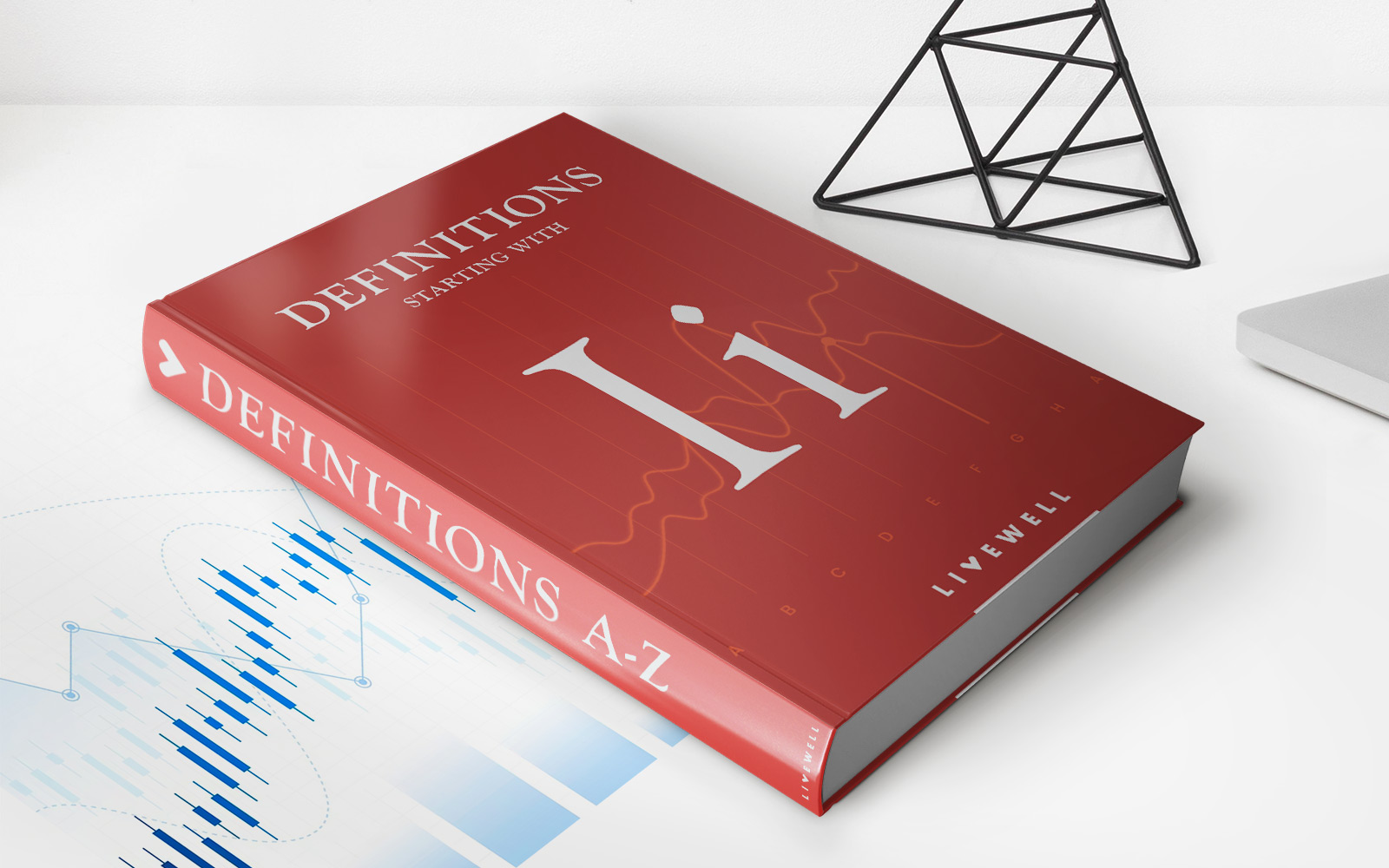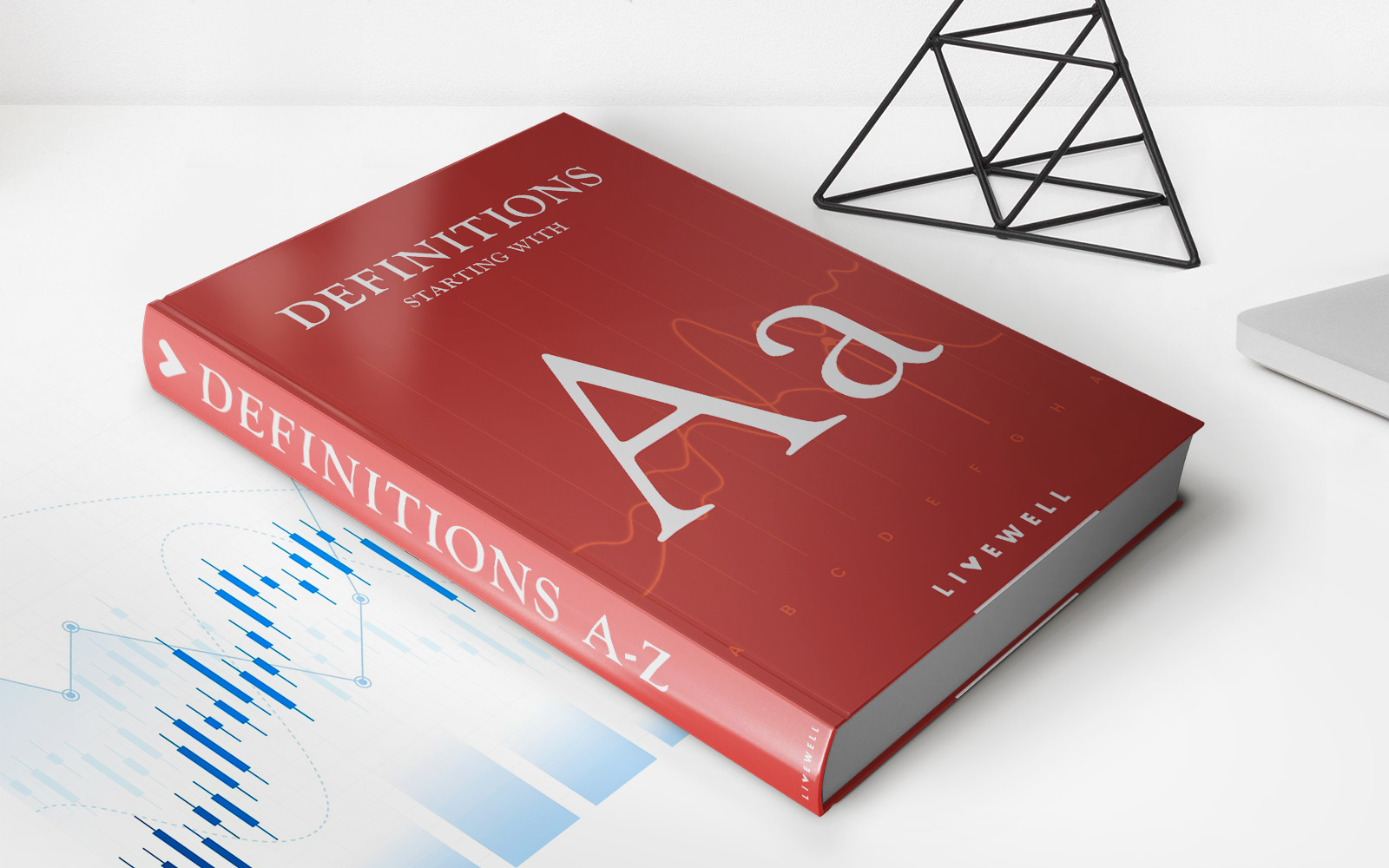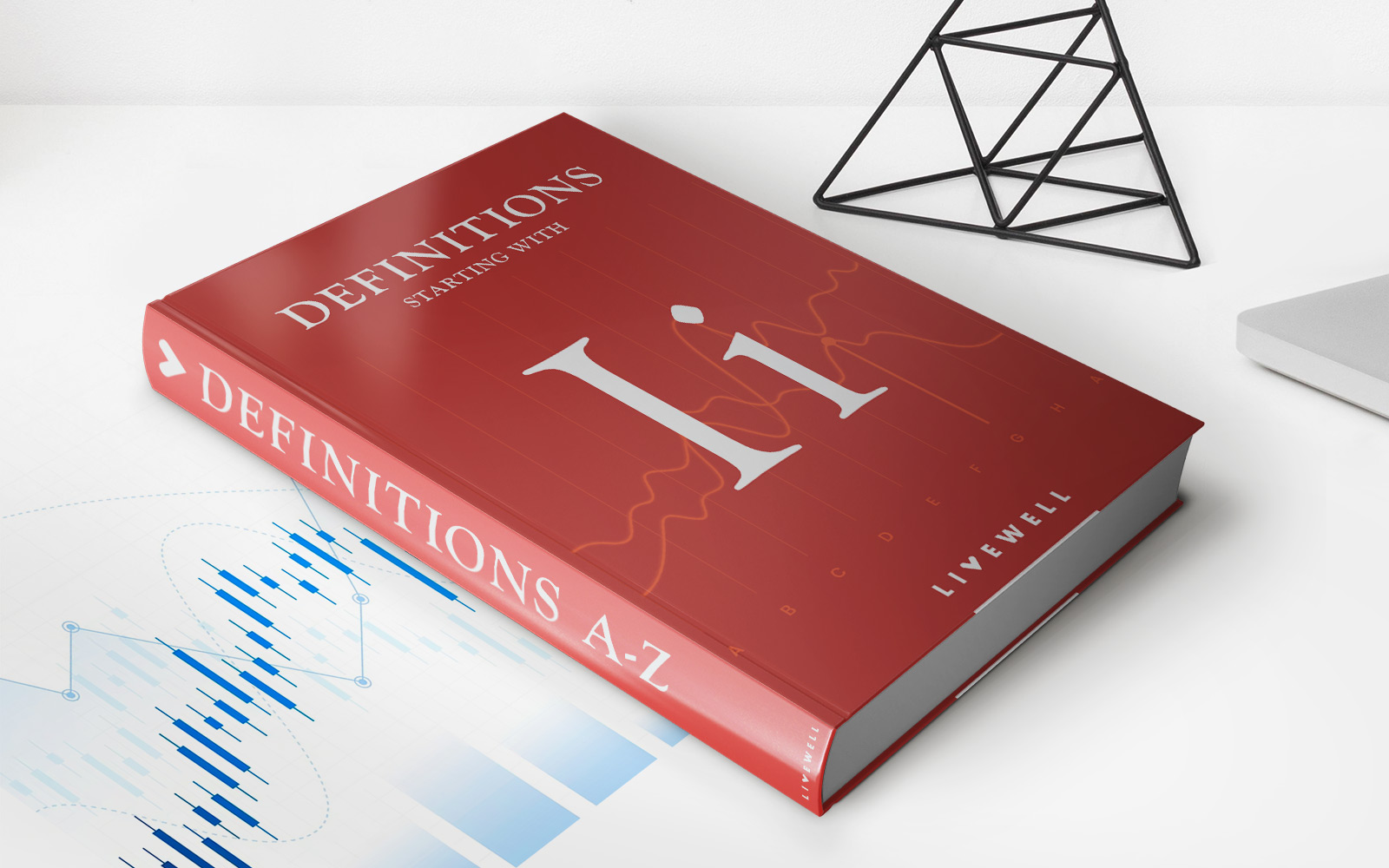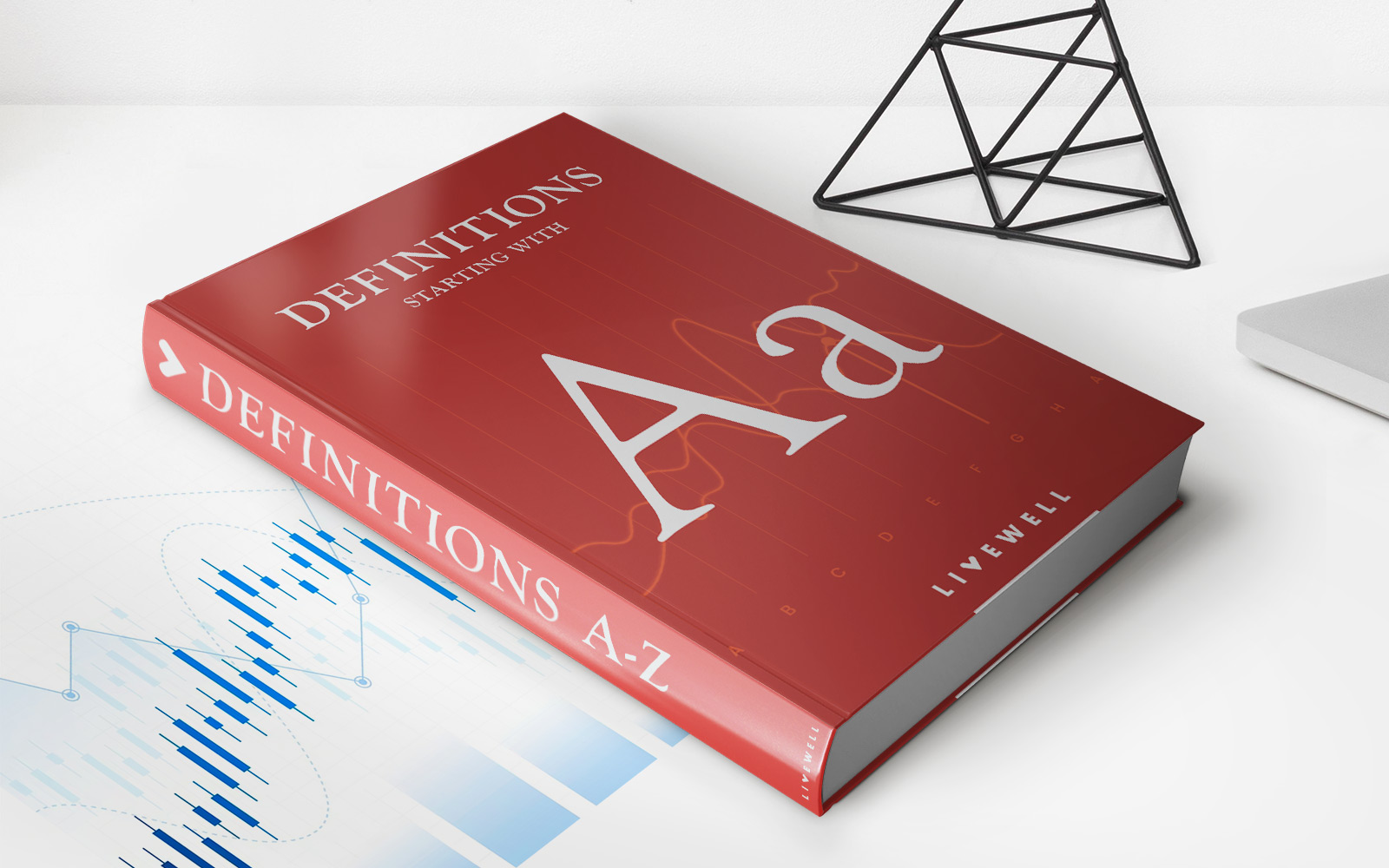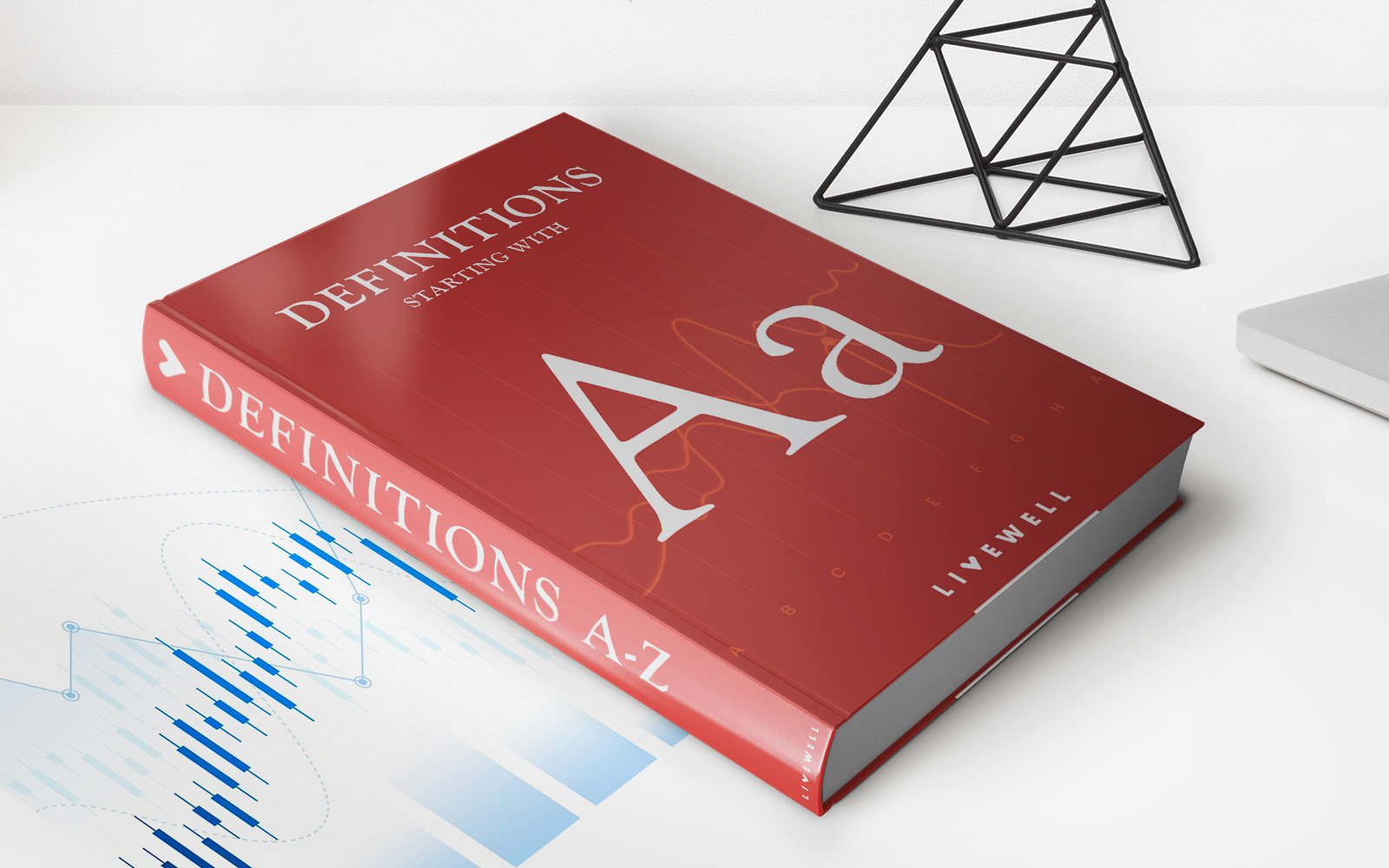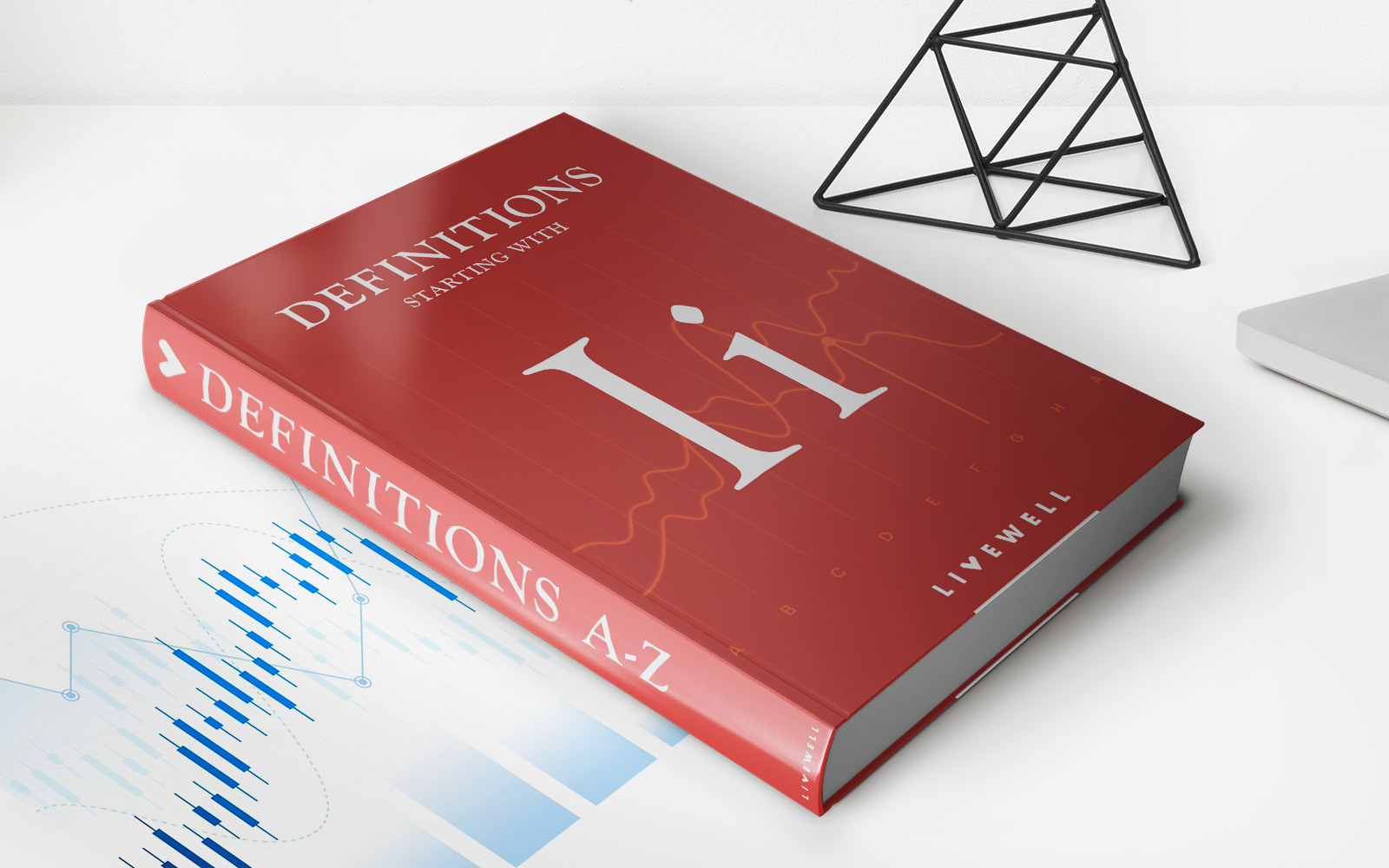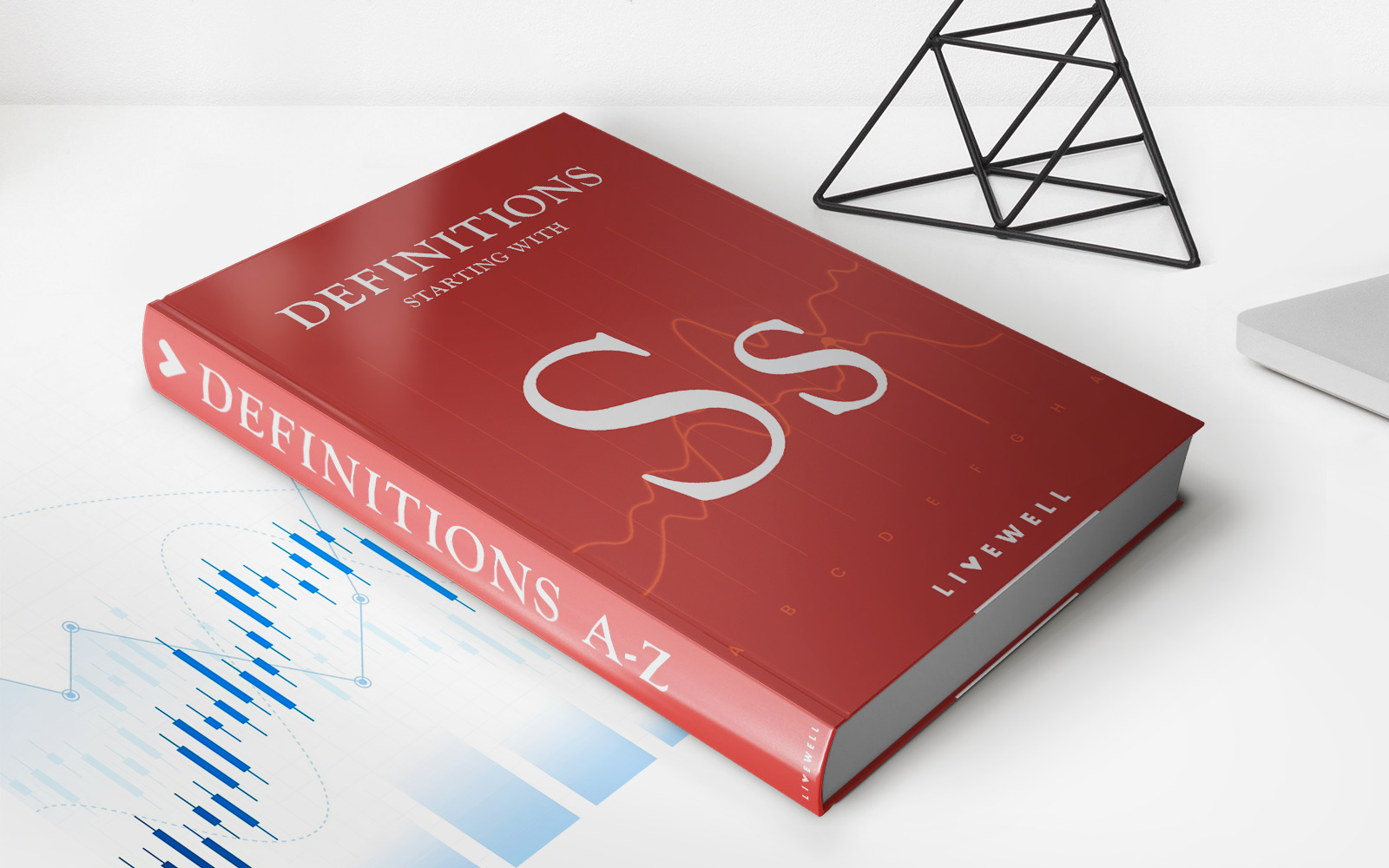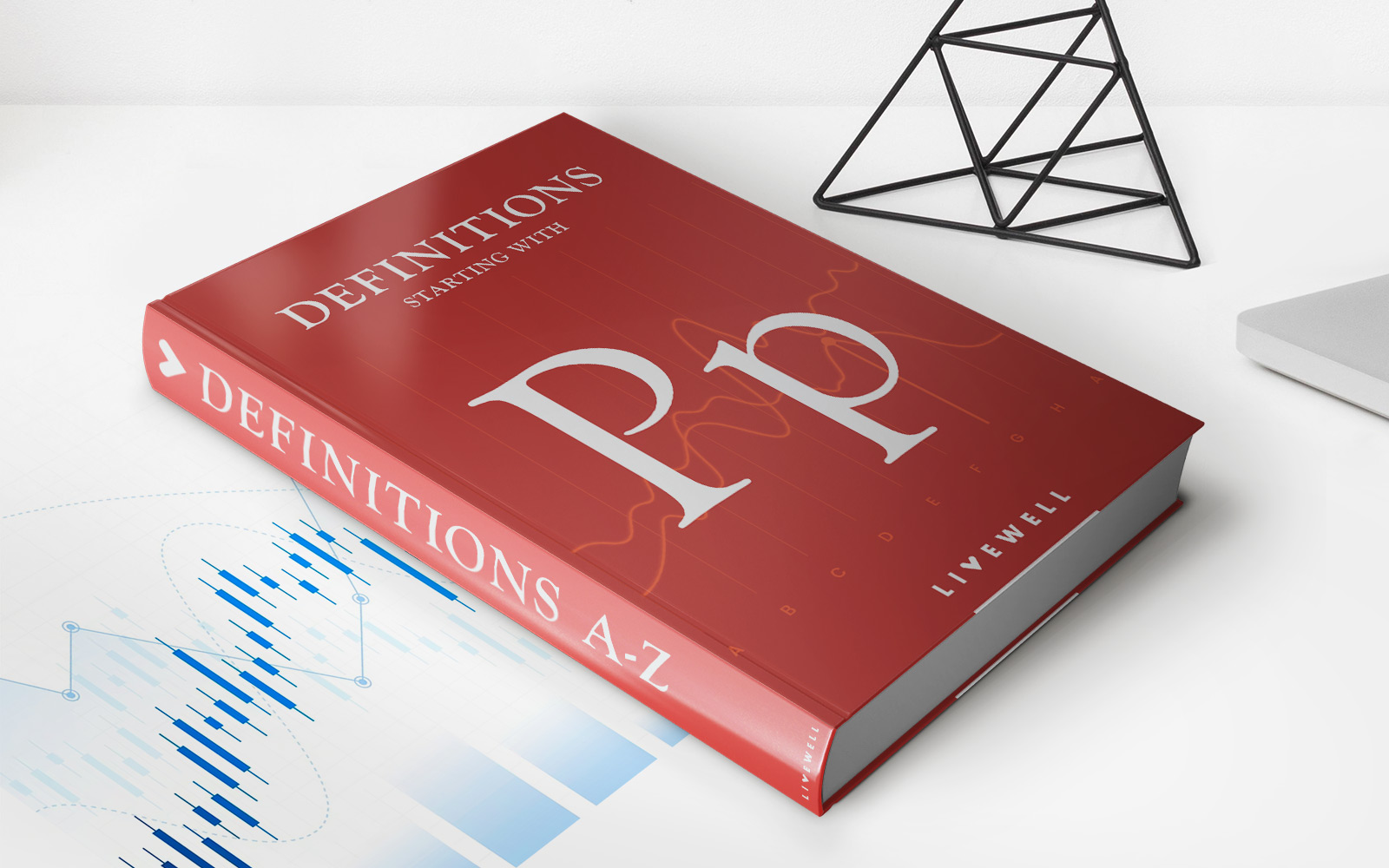Home>Finance>Publication 3 Armed Forces’ Tax Guide Definition

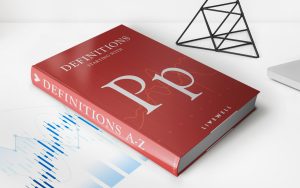
Finance
Publication 3 Armed Forces’ Tax Guide Definition
Published: January 13, 2024
Learn about the Armed Forces' Tax Guide and how it impacts your finances. Find definitions and information on military tax benefits and deductions.
(Many of the links in this article redirect to a specific reviewed product. Your purchase of these products through affiliate links helps to generate commission for LiveWell, at no extra cost. Learn more)
Finance Tips for Armed Forces Members: A Guide to Tax Planning
When it comes to managing your finances, staying ahead of the game is essential. As an armed forces member, understanding the intricacies of tax planning can be particularly beneficial. This blog post, a part of our “FINANCE” category, will serve as a comprehensive guide to tax planning for armed forces personnel, focusing on the definition and significance of Publication 3 Armed Forces’ Tax Guide.
Key Takeaways:
- Publication 3 Armed Forces’ Tax Guide provides comprehensive information on tax rules and benefits specific to armed forces members.
- Understanding the Publication 3 guidelines can help you optimize tax deductions, credits, and exclusions unique to the military.
As an expert on armed forces’ tax planning, let’s dive into the details of Publication 3 Armed Forces’ Tax Guide. This publication, issued by the Internal Revenue Service (IRS), serves as a valuable resource for military personnel and their families. It outlines the tax rules, benefits, and special provisions that apply specifically to armed forces members.
One of the major advantages of consulting Publication 3 is the ability to optimize your tax deductions, credits, and exclusions. By staying informed on the guidelines and requirements outlined in this publication, armed forces members can take advantage of tax benefits unique to their service and circumstances. Let’s explore some of the key areas covered in Publication 3 that can help you improve your tax planning:
1. Combat Pay Exclusion:
Publication 3 Armed Forces’ Tax Guide establishes that combat pay earned while serving in a combat zone is exempt from federal income tax. This exclusion extends to hazardous duty pay, reenlistment bonuses, and other similar compensations. By taking advantage of this provision, you can significantly reduce your taxable income, potentially resulting in a lower tax liability.
2. Earned Income Tax Credit (EITC):
Understanding the guidelines outlined in Publication 3 can lead armed forces members to qualify for the Earned Income Tax Credit (EITC). EITC is a refundable credit that benefits low- to moderate-income individuals and families. By meeting certain criteria, armed forces personnel can claim this credit, which may help boost their tax refund.
Other essential topics covered in Publication 3 include:
- Filing requirements for armed forces members
- Tax rules for Reservists
- Homebuyer tax credit for armed forces personnel
- Tax benefits for survivors of deceased armed forces members
By familiarizing yourself with the information provided in Publication 3 Armed Forces’ Tax Guide, you can make smarter financial decisions and maximize your tax savings accordingly. Consulting this guide, along with seeking expert advice from a qualified tax professional, will ensure you stay on top of your tax planning as an armed forces member.
Remember, keeping your finances in order is crucial for maintaining financial stability and achieving your long-term goals. By taking advantage of the tax benefits and provisions specifically designed for armed forces members, you can optimize your tax planning and keep more money in your pocket.
In conclusion, as an armed forces member, understanding tax planning is essential for managing your finances effectively. Publication 3 Armed Forces’ Tax Guide serves as a valuable resource, providing specialized guidelines to help you optimize your tax deductions, credits, and exclusions. By taking advantage of the unique benefits available to military personnel, you can improve your tax planning, reduce your tax liability, and secure your financial future.

